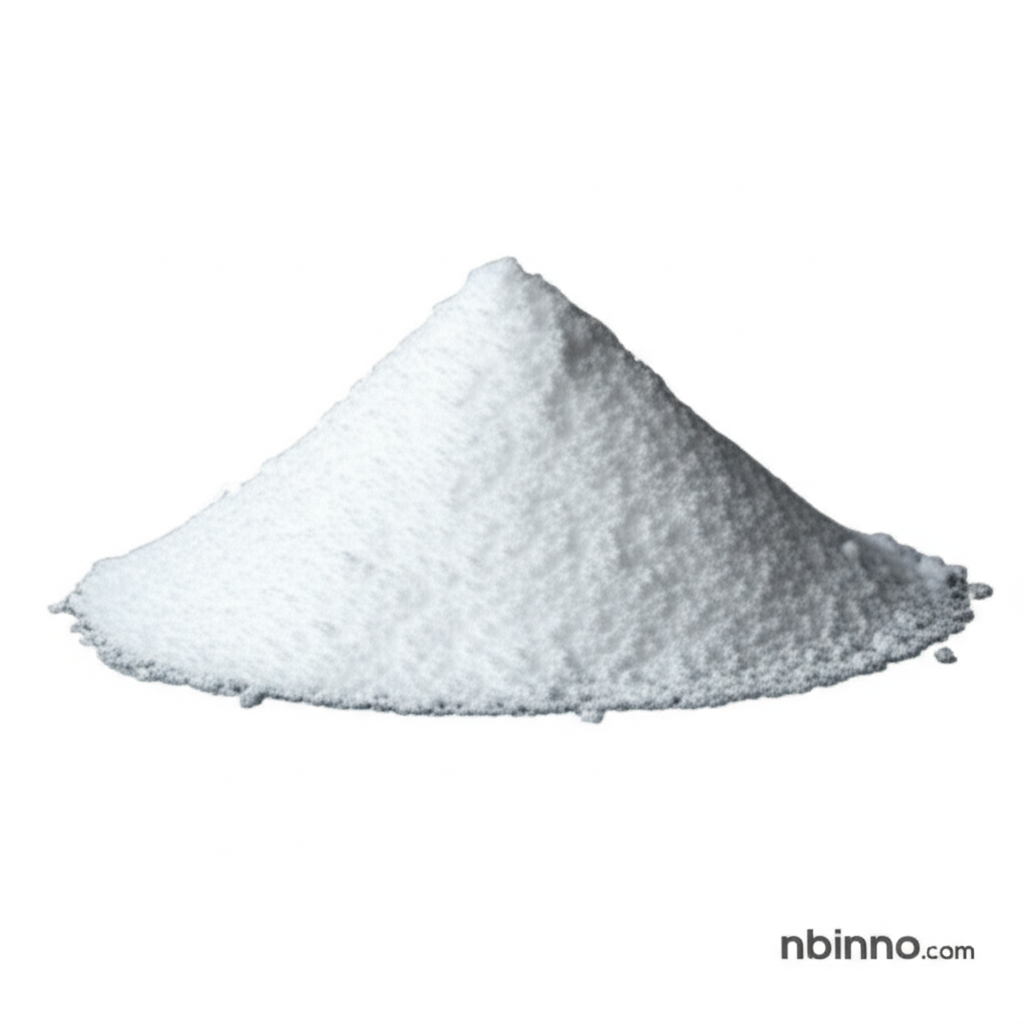Sarafloxacin Hydrochloride: A Potent Antibiotic for Veterinary Use
Explore the efficacy and applications of Sarafloxacin Hydrochloride in combating bacterial infections in livestock and poultry.
Get a Quote & SampleProduct Core Value

Sarafloxacin Hydrochloride
Sarafloxacin Hydrochloride is a powerful fluoroquinolone antibiotic recognized for its efficacy against a wide array of bacterial pathogens. Its primary application lies in veterinary medicine, where it plays a crucial role in treating prevalent infections in livestock and poultry. The compound's mechanism of action involves inhibiting bacterial DNA gyrase and topoisomerase IV, critical enzymes for bacterial DNA replication and repair, thereby preventing bacterial growth and ensuring animal health.
- Discover the crucial role of Sarafloxacin Hydrochloride in veterinary medicine, offering effective treatment for livestock and poultry diseases.
- Understand the specific mechanism of action of Sarafloxacin Hydrochloride, detailing how it inhibits bacterial DNA gyrase and topoisomerase IV to combat infections.
- Learn about the potential of Sarafloxacin Hydrochloride in pharmaceutical development, contributing to the creation of new antimicrobial agents.
- Explore the antibacterial properties and applications of Sarafloxacin Hydrochloride, a key pharmaceutical intermediate for treating various bacterial strains.
Key Advantages
Broad-Spectrum Efficacy
Sarafloxacin Hydrochloride demonstrates broad-spectrum antibacterial activity, making it a versatile choice for treating a wide range of infections common in livestock and poultry.
Targeted Mechanism of Action
Its precise inhibition of bacterial DNA gyrase and topoisomerase IV offers a targeted approach to eliminating infections, minimizing the risk of developing bacterial resistance.
Favorable Pharmacokinetics
The compound exhibits favorable pharmacokinetic properties, allowing for effective dosing regimens and ensuring its efficient distribution within the animal's system for optimal treatment outcomes.
Key Applications
Veterinary Medicine
Primarily utilized to treat bacterial infections in livestock and poultry, ensuring healthier animals and contributing to food safety through effective antibacterial therapy.
Pharmaceutical Development
Researchers explore its efficacy and safety profiles, aiding in the development of novel antimicrobial agents and contributing to the broader field of pharmaceutical intermediate research.
Microbiology Studies
Serves as a model compound in studies investigating bacterial resistance mechanisms, helping scientists understand and combat the growing challenge of antibiotic resistance.
Research Chemical
A vital chemical compound used in various laboratory settings for research purposes, including studies on bacterial physiology and the development of new therapeutic strategies.
